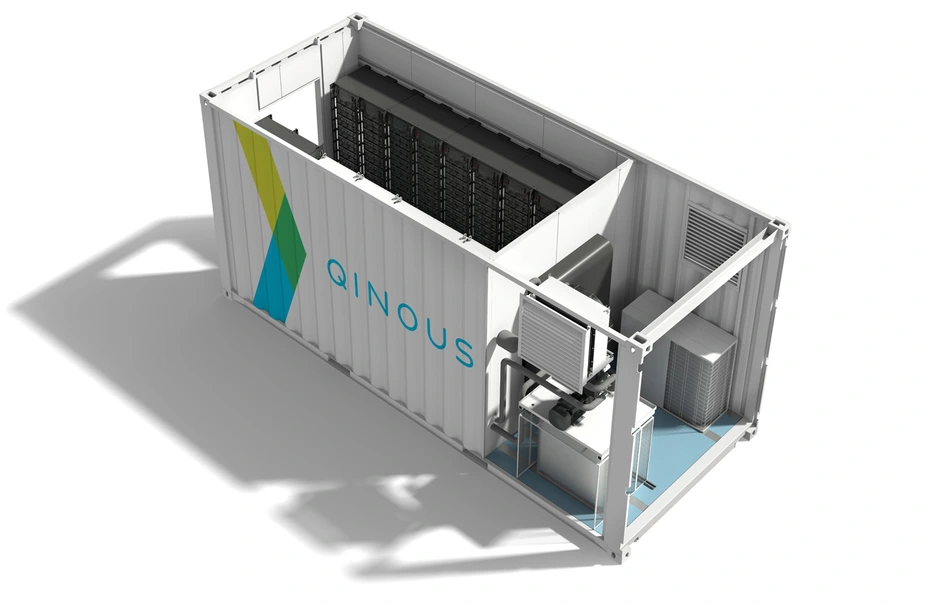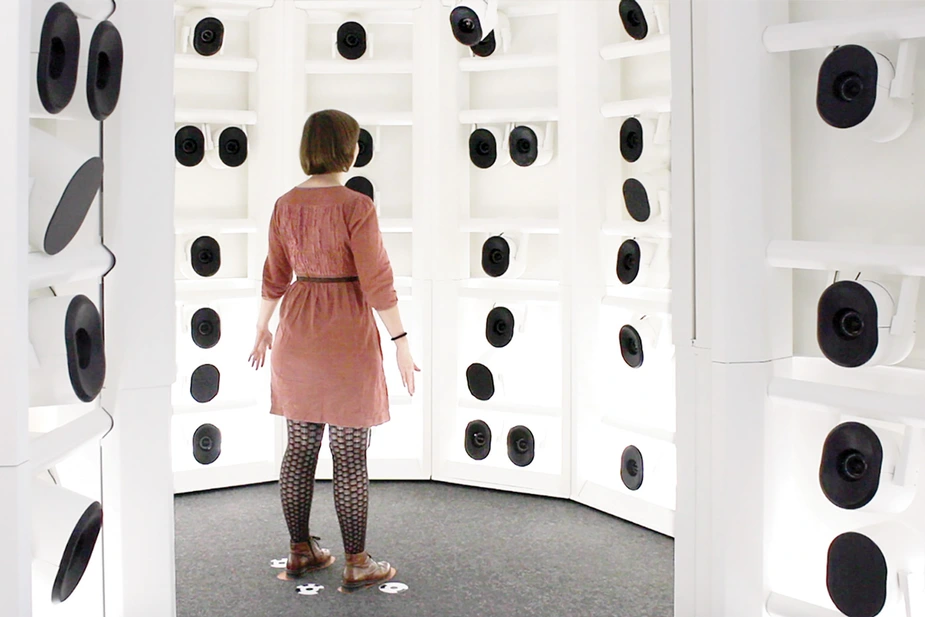Future creators in the historical industrial estate
Success stories of young technology companies in Berlin-Oberschöneweide
Young technology companies are bringing together the analogue with the digital world, creating the basis for future industries. In Oberschöneweide, this brings back memories of the time when Berlin’s industrial heart started beating there.
The similarities are striking. In a place where, in 1890, AEG hit a milestone of electrification with its battery factory, sparking the development of a core industrial area in Berlin’s South East, the young Qinous GmbH now develops smart energy storage solutions based on lithium-ion batteries and digital energy management systems (so-called MEMS).
Since it was founded in 2013, the start-up has matured into a medium-sized company with 45 employees and global reach. In 2018, this success story attracted the attention of a prestigious partner: Rolls-Royce.
The corporation recently became the majority stockholder of Qinous. ‘With the specialists supplied by Rolls-Royce Power Systems AG, we know have 70-strong team to quickly and reliably deploy international projects and services,’ says marketing head Larissa Middendorf. One of these is to supply off-the-grid islands, remote villages, or tourism resorts with a clean energy mix.
The modular battery systems produced by Qinous fit into a freight container and store up to 2,200 kilowatts of electricity. Integrated into so-called diesel hybrid systems, they buffer wind and solar power that is far cheaper than diesel-generated electricity. The latter are not taken off the grid because of the fluctuations in renewable energy production. However, thanks to the use of batteries and MEMS, Qinous can maximise the share of renewable energy and maintain stability in hybrid grids through targeted provision of back-up power. Qinous solutions are also used in on-grid systems. Digitally controlled battery systems assist in frequency adjustment, grid stabilisation, and load management, when more and more volatile renewable energy is being fed into the grid – this is a future-proof business model that digitally refines analogue energy technology.
Connecting the analogue with the digital world is also the focus of botspot GmbH. Founded in 2013, the company has its headquarters on the next corner of Ostendstrasse, where now 20 employees are writing a similar success story. CEO Sascha Rybarczyk is in urgently looking for IT and electronic specialists. ‘We don’t mind graduates because we tend to break new ground all the time anyway,’ he says. Botpot is so busy that they are planning to recruit at least 10 new people.
The start-up initially took an unexpected turn. When mulling over first products, the start-up was bent on 3D printing: high-precision 3D scanners that could translate objects and bodies into digital data. However, instead of 3D printer companies, other customers took the bait. Criminalists are using botspot’s scanners to document evidence and biometrical 3D data; anatomists and clinical staff use them to scan organs and tissue; textile companies determine the fit of their clothing using full-body scans facilitated by botspot systems, or use their 3D scanners for quality control and damage documentation.
And that is only a fraction of possible applications. ‘Virtual, augmented and mixed reality also have great potential,’ says Rybarczyk. Again, the mission here is to digitise the analogue world with the highest possible precision, one of the greatest strengths of the 3D scanners from Oberschöneweide. Thanks to finely tuned light sources, the 3D scanners use a photogrammetric approach that is based on several cameras and can also use infrared sensors to produce high-precision, true-colour 3D data. By doing so, they create a new digital reality – and a new legacy for the historical industrial estate in Berlin-Oberschöneweide.
By Peter Trechow for Potenzial – The WISTA Magazine

